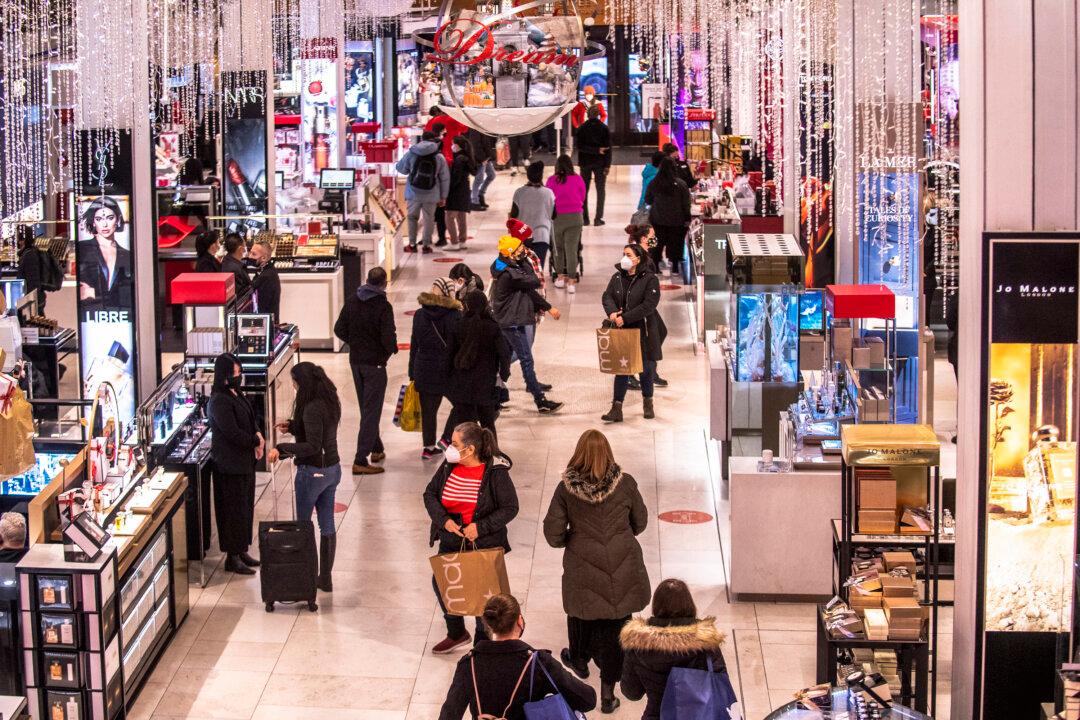Commentary
Netflix’s announcement this week that it had lost 200,000 subscribers should sound a warning on the real costs to the economy of continuing high inflation. I suspect Netflix is just a canary in a coal mine: a warning of bad times for us all, not just binge-watching couch potatoes.





